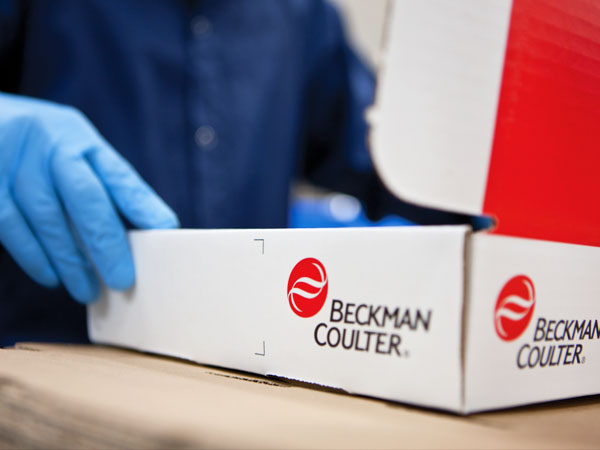How does the QbD1200 avoid interferences from TIC?

A water sample initially contains two types of carbon:
- Total Inorganic Carbon (TIC) (from dissolved CO2 gas and dissolved carbonates in the water)
- Total Organic Carbon (TOC) (from organic species)
Added together, TIC and TOC form the Total Carbon in the water, TC.
TC = TIC + TOC
Some laboratory TOC analyzers measure TIC and TC and then calculate TOC.
TOC = TC - TIC
This method suffers from interferences when used to measure TOC in pharmaceutical grade waters, which typically have much larger amounts of TC and TIC than TOC. The measurement inaccuracies in the sensors used to measure TIC and TC can be much larger than the TOC, so, when the TOC is calculated, the measurement errors can lead to an over-reporting of TOC or the reporting of a negative TOC value, e.g. in a water sample containing 1900ppb TIC and 2000ppb TC with a sensor accuracy of +/-2%:
Measured TC = 1960ppb to 2040ppb
Measured TIC = 1862ppb to 1938ppb
Calculated TOC = TC – TIC = 22ppb to 178ppb
TOC analyzers measuring TC and TIC and calculating TOC need to report TIC for two reasons:
- To allow the user to check the accuracy of the TOC calculation
- To allow the user to check that the levels of TIC do not exceed the manufacturer’s recommended maximum (if this occurs the reported TOC values will be inaccurate and the user must find a way to remove some or all of the TIC)
To avoid these issues, the QbD1200 directly measures the TOC. First the QbD1200 removes all TIC from the sample, leaving just TOC in the sample. Then the TOC is oxidized to convert all organic species into CO2 gas using a combination of UV light and persulphate. The CO2 gas is pushed out of solution using a CO2 –free purge gas and then measured and a TOC value reported.

For this reason, the QbD1200 does not calculate TOC from measurements of TIC and TC.

